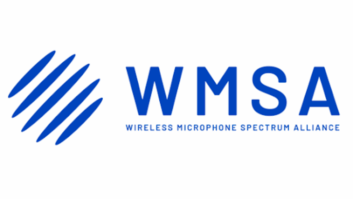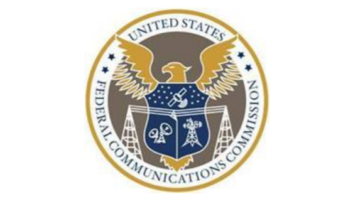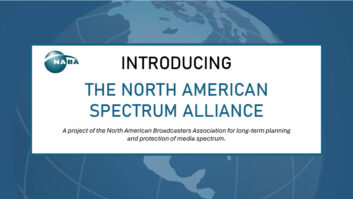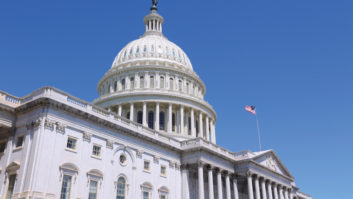
This article originally appeared in TV Technology.
In remarks for the 2014 CTIA show, FCC Chairman Tom Wheeler cautioned, “Whether or not wireless carriers show up with sufficient demand to incent broadcasters to participate is something only you control. But, if that is the case, if mobile operators don’t put their money where their mouths have been, the future of spectrum policy will begin to look a lot different.”
He continued, “We are heartened by AT&T’s and Dish’s strong expressions of interest in the incentive auction. We saw reports of big interest and big numbers being tossed around when Sprint and T-Mobile wanted to bid jointly. The rest of the industry, however, has been strangely silent.”
Regarding NAB’s challenge to the auction rules (see “NAB Files Petition Challenging FCC’s TVStudy Methodology”), Chairman Wheeler said, “If they were to win, the effect would be to delay the auction, notwithstanding NAB’s claims to the contrary. We are confident the courts will find that we have carried out the mandate of Congress and the NAB’s arguments are groundless.” He said, “In the next few weeks we will begin expanded outreach to broadcasters so they understand how the auction works, including estimates of potential opening bid amounts. We will be explaining what we believe is the economic potential it represents. However, they read the trade press, too; and wireless carriers showing interest in the Incentive Auction is the predicate to broadcasters showing interest.”
See Prepared Remarks of FCC Chairman Tom Wheeler – 2014 CTIA Show, Las Vegas for more of his comments on wireless industry regulation.
My opinion is this is not a lack of interest in new spectrum by the wireless carriers, but lack of interest in this spectrum due to the difficulty in adding efficient, low UHF antennas to devices. The lower frequency also makes it more difficult to employ MIMO and reuse spectrum in small cells, thus reducing its value compared with spectrum above 1.5 GHz.
The greatest value of this UHF spectrum will likely be for LTE broadcast. Interest in LTE broadcast is growing as video eats up even greater amounts of carriers’ bandwidth; so by the time the auction happens we may see more carriers bidding on the spectrum, at the right price. The spectrum could also be valuable for offering fixed wireless services, where antenna size isn’t an issue. See my article on Rice University’s Wireless Network Group’s work with TV band white space MIMO for an example of this.
While this 600 MHz band may have been “beachfront property” when reallocating it from broadcasters was first proposed, mobile operators are now looking to higher frequencies for 5G. Remember, it wasn’t too long ago when VHF TV channels were considered the best and broadcasters paid a considerable premium for them. I see the same thing happening with UHF wireless spectrum. It will have its place in rural areas, but will become less important and less valuable in highly populated areas.







